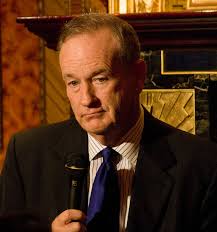
Introduction
In recent years, social media has played a pivotal role in shaping public discourse, and former President Donald Trump has been at the center of it. Launched in February 2022, Trump’s social media platform, Truth Social, was created to provide an alternative to mainstream social networks, championing free speech among its users. As it continues to evolve, understanding its current status and impact is crucial for political observers and social media users alike.
Current Developments
Truth Social has seen significant changes since its inception. Initially, the platform faced numerous challenges, including a delayed launch and technical glitches, which hampered its growth. However, recent reports indicate that the app’s user base has been steadily increasing, with over 2 million downloads recorded shortly after its release. Despite competition from existing networks like Twitter and Facebook, Truth Social aims to carve out its niche by fostering an environment where users can express their opinions without fear of censorship.
One of the key features of Truth Social is its user-friendly interface that resembles that of Twitter, allowing users to post short messages known as ‘truths.’ Moreover, the platform is supported by the Trump Media & Technology Group, which has been actively engaging with its audience through promotional events and campaigns. In September 2023, a major update introduced new features, including enhanced privacy settings and tools for content sharing, which have been well received by its community.
Controversies and Challenges
Despite ongoing developments, Truth Social has not been without controversy. Critics argue that the platform may inadvertently foster misinformation and echo chambers, particularly among politically aligned users. Furthermore, there are concerns regarding the financial sustainability of Truth Social, as it relies heavily on investor funding amidst declining profitability reports. The platform’s critics suggest that ongoing challenges may hinder its long-term viability.
Conclusion
As Trump’s Truth Social continues to navigate the competitive social media landscape, its role in shaping political dialogue remains to be seen. With the potential to amplify alternative voices, it is essential for users to remain critical of the content shared on this platform. As emerging trends in technology and politics unfold, Truth Social’s impact on user engagement and free speech will likely be a focal point in discussions of digital media’s future.






